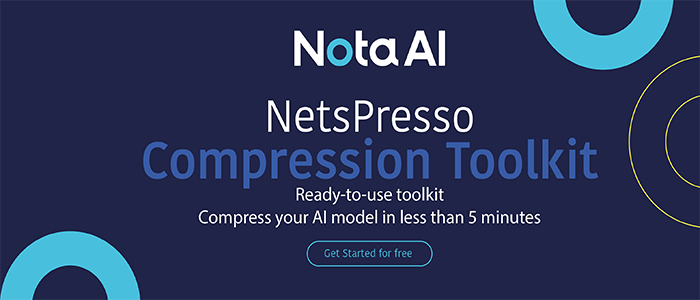Meta Researchers Use Conditional Variational Autoencoders (CVAEs), A Type of Semi-supervised Generative Artificial Intelligence (AI) Model, To Discover Concrete Formulas With Desired Properties
This Article Is Based On The research paper 'Accelerated Design and Deployment of Low-Carbon Concrete for Data Centers'. All Credit For This Research Goes To The Researchers 👏👏👏 Please Don't Forget To Join Our ML Subreddit
The modern building relies on concrete, but the manufacturing process emits significant CO2. Cement production, one of the key constituents in concrete, accounts for around 8% of worldwide carbon emissions, making it the most critical single industrial emitter. And that’s just the cement; concrete contains a slew of additional materials, each with its own carbon footprint.
Meta pours a lot of concrete, as seen by its current eight data center projects. This makes it more difficult for the corporation to meet its environmental targets, such as reducing supply chain carbon emissions to zero by 2030.
The components that manufacture good concrete, particularly one attempting to replace its cement content, include ingredient ratios and environmental aspects such as weather and location.

If attempting to find precise formulae from a big pool of potential chemicals seems familiar, it’s similar to medication discovery, which machine learning excels at. It is a natural extension of that technology to use machine learning to produce new concrete compositions that cut carbon emissions while maintaining strength.
The AI was taught using data from concrete compressive strength tests, which included formulae and curing periods and carbon footprints calculated using the Cement Sustainability Initiative’s environmental product declaration tool. The study team chose five possibilities for field testing, each of which entails the considerable substitution of cement (up to 70%) with a mix of two forms of low-carbon replacements, namely fly ash and slag.

The AI-formulated concrete was poured as the basis for an on-site guardhouse and the construction management team’s temporary office space. The test concrete produced 40 percent lower carbon emissions than area standards and performed better in seven and 28-day strength tests.
However, not everything went according to plan. Even though the new concrete was sturdy over time, it didn’t cure quickly enough to fulfill the site development requirements. Researchers also stated that its green concrete is suitable for various sectors and use cases and is particularly well suited to scenarios where rapid curing is not required.
Paper: https://arxiv.org/pdf/2204.05397.pdf
Reference: https://www.theregister.com/2022/04/29/meta_ai_green_concrete/
Credit: Source link


Comments are closed.